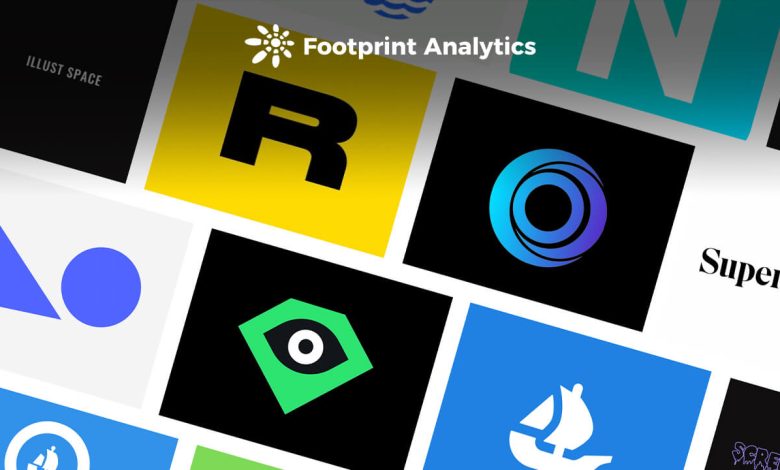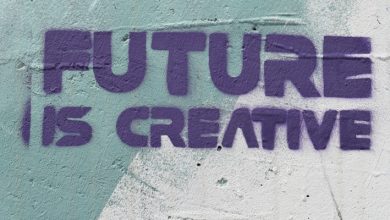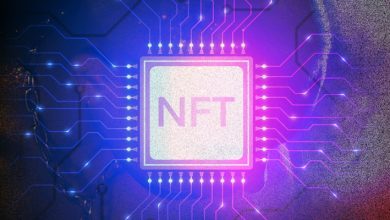NFT Marketplaces: Comparison and User Experience

- Understanding NFT Marketplaces: A Comprehensive Guide
- Exploring the Top NFT Marketplaces in 2021
- Comparing User Experience on Popular NFT Platforms
- Navigating the World of NFT Marketplaces: Tips and Tricks
- The Rise of NFT Marketplaces: Trends and Analysis
- Choosing the Right NFT Marketplace for Your Digital Assets
Understanding NFT Marketplaces: A Comprehensive Guide
The NFT marketplaces are platforms where users can buy, sell, and trade non-fungible tokens. These marketplaces have gained popularity in recent years due to the rise of digital art and collectibles. Understanding how NFT marketplaces work is essential for anyone looking to participate in this growing market.
When it comes to NFT marketplaces, there are several key factors to consider. These include the user interface, fees, security, and the variety of NFTs available for purchase. Each marketplace has its own unique features and benefits, so it’s important to do your research before deciding where to buy or sell NFTs.
Some of the most popular NFT marketplaces include OpenSea, Rarible, and Foundation. These platforms offer a wide range of NFTs, from digital art to virtual real estate. Users can browse through different categories, search for specific items, and place bids on their favorite pieces.
When using an NFT marketplace, it’s important to keep security in mind. Make sure to use a secure wallet to store your NFTs and enable two-factor authentication to protect your account. Additionally, be aware of any fees associated with buying or selling NFTs on a particular marketplace.
In conclusion, understanding NFT marketplaces is crucial for anyone looking to get involved in the world of non-fungible tokens. By researching different platforms, considering key factors such as fees and security, and staying informed about the latest trends in the NFT space, users can make informed decisions when buying and selling NFTs.
Exploring the Top NFT Marketplaces in 2021
When it comes to exploring the top NFT marketplaces in 2021, there are several platforms that stand out for their user experience and variety of offerings. These marketplaces have gained popularity among artists, collectors, and investors looking to buy and sell non-fungible tokens.
One of the leading NFT marketplaces is OpenSea, which has emerged as a go-to platform for buying and selling a wide range of digital assets. With a user-friendly interface and a vast selection of NFTs, OpenSea has become a favorite among both beginners and experienced users in the NFT space.
Another prominent player in the NFT marketplace scene is Rarible, known for its decentralized approach to buying and selling digital collectibles. Rarible allows users to create and sell their own NFTs, giving artists more control over their work and enabling collectors to discover unique pieces from up-and-coming creators.
SuperRare is another top NFT marketplace that has gained a reputation for its curated selection of high-quality digital art. With a focus on limited edition pieces from established artists, SuperRare appeals to collectors looking for exclusive and valuable NFTs to add to their portfolios.
Beyond these platforms, other notable NFT marketplaces include Foundation, KnownOrigin, and Nifty Gateway, each offering its own unique features and benefits for users. Whether you’re an artist looking to showcase your work, a collector searching for rare digital assets, or an investor interested in the growing NFT market, these top marketplaces provide a range of options to explore and engage with the world of non-fungible tokens.
Comparing User Experience on Popular NFT Platforms
When comparing user experience on popular NFT platforms, it is essential to consider various factors that can impact the overall satisfaction of users. Some key aspects to evaluate include the platform’s interface design, ease of use, transaction fees, customer support, and available features.
One platform that stands out for its user-friendly interface is OpenSea. Users appreciate the intuitive layout and navigation, making it easy to browse and purchase NFTs. Additionally, OpenSea offers a wide range of features, such as auctions, bundles, and collections, providing users with flexibility in how they interact with the platform.
On the other hand, Rarible has gained popularity for its unique features, such as the ability for users to create and sell their NFTs. While this feature can be appealing to some users, others may find the platform’s interface to be less intuitive compared to other platforms. Additionally, Rarible’s transaction fees have been a point of contention for some users, impacting their overall experience on the platform.
When it comes to customer support, platforms like Foundation have received praise for their responsive and helpful support team. Users value the ability to quickly resolve any issues or concerns they may have while using the platform, contributing to a positive user experience.
In conclusion, each NFT platform offers a unique user experience, with strengths and weaknesses that cater to different preferences. By considering factors such as interface design, ease of use, transaction fees, customer support, and available features, users can make informed decisions about which platform aligns best with their needs and preferences.
Navigating the World of NFT Marketplaces: Tips and Tricks
Navigating the world of NFT marketplaces can be overwhelming for newcomers. However, with the right tips and tricks, you can make the most out of your experience. One important tip is to **research** different marketplaces before diving in. Each platform has its own unique features and **benefits**, so it’s essential to find one that aligns with your goals and preferences.
Another useful trick is to **pay attention** to the fees associated with each marketplace. Some platforms charge higher fees than others, which can eat into your profits. By comparing fee structures, you can choose a marketplace that offers competitive rates.
When **browsing** NFT marketplaces, take the time to explore the **search** and **filter** options available. These tools can help you narrow down your **options** and find the NFTs that interest you the most. Additionally, consider **joining** communities and forums related to NFTs to stay updated on the latest trends and **opportunities**.
Lastly, don’t be afraid to **experiment** with different marketplaces to see which one works best for you. Each platform has its own **unique** community and **vibe**, so it’s worth exploring multiple options to find the right fit. By following these tips and tricks, you can navigate the world of NFT marketplaces with confidence and **success**.
The Rise of NFT Marketplaces: Trends and Analysis
The rise of NFT marketplaces has been a significant trend in the digital art world, with more and more platforms emerging to cater to the growing demand for non-fungible tokens. These marketplaces offer a wide range of NFTs, from digital art to collectibles, and provide a platform for artists and creators to showcase and sell their work.
One of the key trends in the NFT marketplace space is the increasing popularity of curated collections. Many marketplaces now feature curated collections of NFTs, which are hand-picked by experts in the field. This helps users discover high-quality NFTs and provides a level of curation and trust in the marketplace.
Another trend in the NFT marketplace space is the rise of fractionalized ownership. This allows users to purchase a fraction of an NFT, making it more accessible to a wider range of buyers. Fractionalized ownership also opens up new possibilities for investment and trading in the NFT market.
Additionally, interoperability between NFT marketplaces is becoming more common. This allows users to buy, sell, and trade NFTs across different platforms, increasing liquidity and creating a more connected ecosystem for NFTs. This trend is expected to continue as the NFT market matures and evolves.
Overall, the NFT marketplace landscape is constantly evolving, with new trends and innovations shaping the way users interact with digital assets. As more users and creators enter the space, we can expect to see even more exciting developments in the world of NFT marketplaces.
Choosing the Right NFT Marketplace for Your Digital Assets
When it comes to **choosing** the right NFT marketplace for your digital assets, there are several factors to consider. One of the most important things to look at is the **fees** associated with each platform. Some marketplaces charge **higher** fees than others, so it’s essential to **compare** them before making a decision. Additionally, you’ll want to **consider** the **user** experience of each marketplace. A **user**-friendly interface can make it easier to **navigate** the platform and list your NFTs for sale.
Another **important** factor to **consider** is the **audience** of each marketplace. Some platforms cater to **specific** niches or **communities**, so you’ll want to **choose** one that aligns with your target **market**. Additionally, **research** the **reputation** of each marketplace. Look for **reviews** from other users to **determine** if the platform is **trustworthy** and **secure**.
It’s also **worth** **considering** the **payment** options available on each marketplace. Some platforms **accept** a wider range of **cryptocurrencies**, while others may only **support** a few. **Choosing** a marketplace that **supports** the **cryptocurrency** you **prefer** can make **transactions** more **convenient**.
In **conclusion**, **choosing** the right NFT marketplace for your digital assets **requires** careful **consideration** of **fees**, **user** experience, **audience**, **reputation**, and **payment** options. By **taking** the time to **research** and **compare** different platforms, you can **find** the **best** fit for your **unique** needs.



